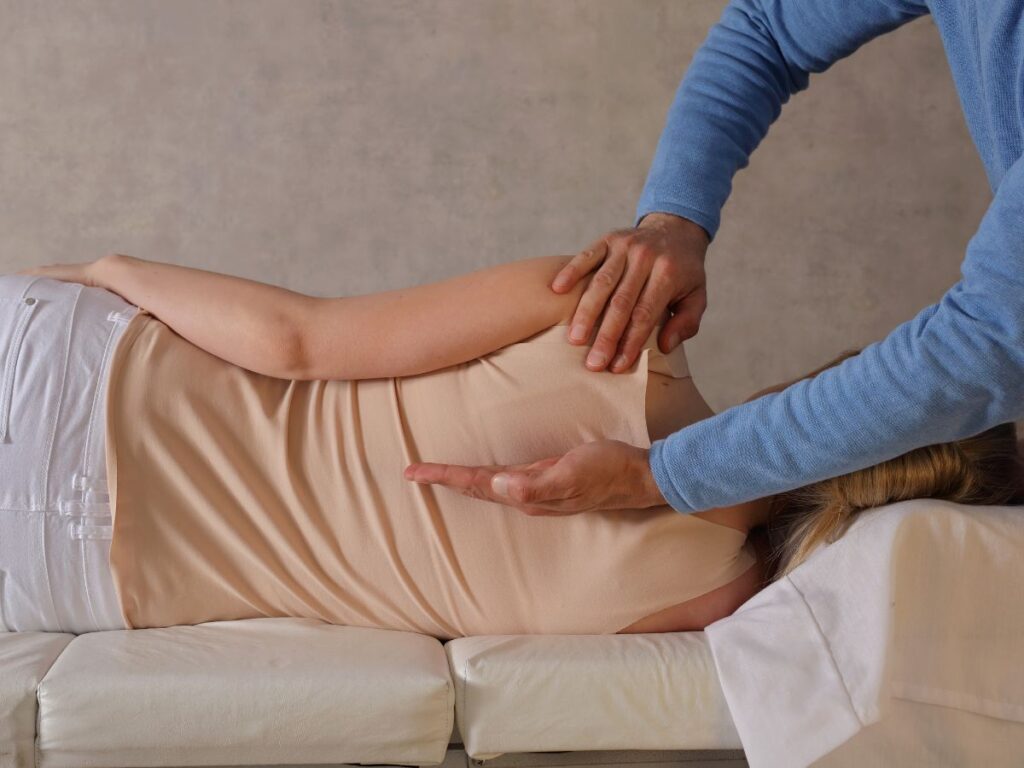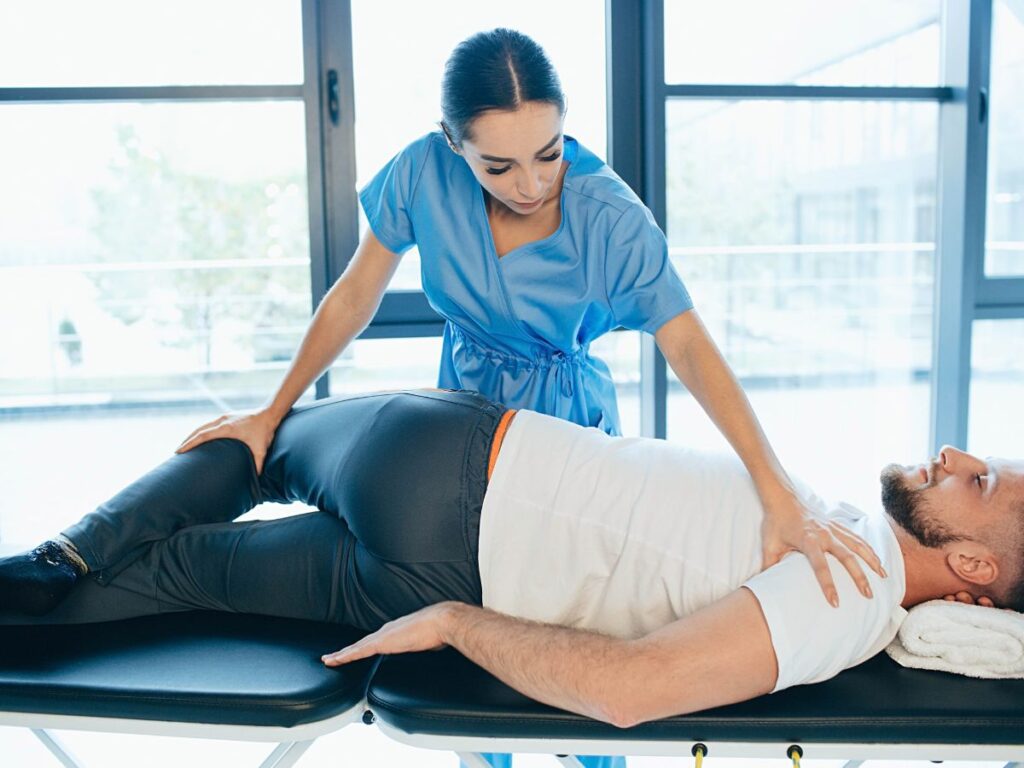Why the Elbow Is Prone to Strain
The elbow, a hinge joint formed by three bones (humerus, radius, and ulna), facilitates bending, straightening, and rotation of the forearm. Yet repetitive activities—like typing, lifting, or sports involving throwing—can stress its tendons and ligaments, leading to conditions like tennis elbow or golfer’s elbow. Additionally, poor posture or shoulder instability may funnel extra strain down the arm, amplifying stress on the elbow. Without targeted intervention, what begins as mild soreness can escalate into chronic pain that undermines daily function. Physical therapy breaks this cycle by reinforcing proper mechanics, enhancing tendon resilience, and minimizing inflammation.
Common Elbow Conditions
Tendinitis is a leading issue—lateral epicondylitis (tennis elbow) affects the outer elbow tendons, while medial epicondylitis (golfer’s elbow) impacts tendons on the inner side. Cubital tunnel syndrome involves irritation of the ulnar nerve at the elbow, causing numbness or tingling in the ring and little fingers. Thrower’s elbow or ligament sprains can arise from repetitive overhead motions. Each condition compromises grip strength, forearm rotation, or elbow extension, limiting tasks like pouring coffee or carrying groceries. Physical therapists often measure grip force, forearm supination, and elbow range of motion to pinpoint deficits, tailoring interventions accordingly.
The Goals of Elbow Rehab
Physical therapy aims to quell inflammation, restore normal joint mechanics, and enhance muscle-tendon durability for everyday tasks or athletic motions. Early sessions might involve gentle stretching and pain-relieving modalities—like ultrasound or ice massage—to calm reactive tissues. Therapists then advance to eccentric strengthening (particularly for tendinitis) or controlled grip exercises that retrain the forearm muscles to handle loads without microtears. Functional movements—like lifting light weights or turning doorknobs—enter the regimen, bridging the gap between the rehab environment and real-world demands.
Core Treatment Methods
A variety of strategies support elbow recovery:
- Eccentric Exercises: Slowly lowering a weight after a forearm curl specifically challenges the tendon, aiding in tissue remodeling.
- Manual Therapy: Soft tissue mobilization along the forearm muscles or joint mobilizations to improve extension/flexion range.
- Bracing or Taping: Counterforce braces can redistribute stress across tendons, helping to reduce tension at inflamed sites.
- Progressive Resistance: Gradually ramping up band exercises or wrist curls to strengthen forearm extensors and flexors.
- Postural Correction: Addressing any shoulder or upper back issues that shift stress onto the elbow.
Therapists typically combine these techniques, introducing new elements as pain decreases and function improves.
Dr. Elham’s Role
Elbow discomfort often ties to alignment and tension patterns in the cervical spine or shoulders. Dr. Elham investigates postural faults—like forward shoulders or tight thoracic segments—that overload the elbow. By applying chiropractic adjustments or suggesting scapular stabilization drills, he helps remove compensatory strains traveling down the arm. This synergy with physical therapy ensures that as the elbow tendons strengthen, the entire kinetic chain—from neck to wrist—supports healthy, pain-free movement. Dr. Elham may also advise on ergonomic setups or daily posture checks to keep repeated microstresses at bay.
Home Exercises and Daily Habits
Clinic sessions set the stage, but consistent practice at home cements results. Therapists may assign wrist extensor stretches, isometric holds, or forearm pronation drills. Avoiding repetitive gripping tasks—like excessive smartphone use—lets aggravated tendons rest. Dr. Elham might recommend posture breaks if you work at a desk, encouraging you to roll your shoulders back and stretch your arms every 30 minutes. Over time, these small efforts accumulate, fortifying tendons and joint surfaces against overuse. Patients resuming athletic hobbies—like tennis or golf—often incorporate modified swings or progressive hitting drills to reacclimate the elbow safely.
Tackling Work and Activity Limitations
Elbow injuries can disrupt any job requiring repetitive arm motions, from assembly lines to hairstyling. Therapists often analyze job-specific tasks, suggesting grip modifications or new tool handles that lessen stress on tendons. If total rest isn’t possible, partial duty schedules or frequent microbreaks may curb aggravation. The same logic applies to household chores—lifting heavy items with palms facing the body (neutral grip) can reduce strain compared to palm-down positions. By adapting tasks, therapy accelerates recovery without forcing you to abandon daily responsibilities.
Consequences of Ignored Elbow Pain
Persistently painful tendons can develop into tendinosis, a chronic degenerative process harder to reverse than acute inflammation. Compensations might shift strain to the wrist or shoulder, leading to new injuries like carpal tunnel syndrome or rotator cuff impingement. Sleepless nights can ensue if elbow pain flares with certain positions. Over time, these struggles erode morale and hamper basic independence. Early intervention via physical therapy and chiropractic guidance forestalls this downward spiral, preserving tendon integrity and overall limb functionality.
Monitoring Improvement and Adjusting Goals
Therapists typically track changes in grip strength, forearm endurance, and pain levels during daily tasks—like lifting a half-gallon of milk or twisting a doorknob. As these metrics improve, more advanced drills or heavier resistance are introduced. Dr. Elham’s checks ensure that upper body alignment remains stable, helping you tolerate progressive loads without relapsing. If healing plateaus, alternative modalities—like iontophoresis, friction massage, or nerve glides—may be explored. Through open communication, you and your care team can fine-tune strategies, making each step of rehab purposeful and productive.
Potential Need for Surgery
Most elbow complaints resolve with conservative care. Still, certain cases—like a fully torn tendon or advanced degenerative changes—may warrant surgical intervention. Physical therapy retains a key role in both prehab and post-op phases, ensuring that the surrounding muscles stay robust. After surgery, controlled exercises help mitigate scar tissue buildup while gently reintroducing range of motion. Dr. Elham can keep a close eye on upper spine and shoulder alignment during this recovery, minimizing compensations that could sabotage surgical gains. The goal remains the same: a fully functional elbow that resumes daily tasks and athletic participation with minimal constraints.
Reaching a Pain-Free Future
Elbow pain needn’t become a permanent fixture in your life. By pairing targeted physical therapy with Dr. Elham’s holistic alignment insights, you gain a dual advantage—addressing local tendon stress and the broader biomechanics shaping arm movements. The journey requires patience, from gentle early exercises to advanced strengthening, but each milestone signals a step closer to comfortable grips, confident lifts, and stable forearm rotations. Whether you aim to return to the tennis court or simply pour coffee without wincing, consistent effort and skilled guidance pave the way for a strong, resilient elbow ready to handle life’s motions.






